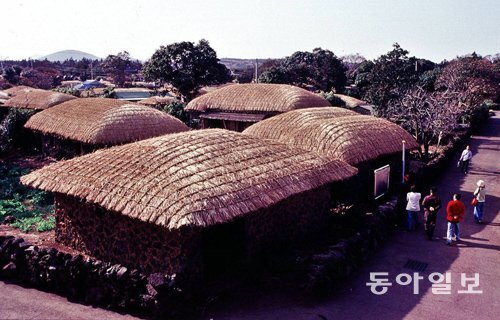Names of traditional buildings to be simplified
Names of traditional buildings to be simplified
Posted December. 28, 2016 07:06,
Updated December. 28, 2016 07:16

Names of traditional buildings designated as Important Folklore Cultural Properties of Korea will be simplified to reflect their characteristics and locations. The Cultural Heritage Administration announced Tuesday that it plans to modify names of 137 historic buildings. During a 30-day notice period, the administration will start receiving opinions by people from all walks of life before finalization of new names of traditional buildings.
The Cultural Heritage Administration aims at renaming traditional buildings according to their locations, such as capital city, metropolitan city, and province, in order to let everyone understand how those names are made. For example, according to the administration’s naming rule, the Wonjijeongsa Pavilion in Hahoe will be renamed as the Wonjijeongsa Pavilion in Andong Hahoe folk village.
In a case that a building’s current name involves the name of ownership at a time that the building was designated as Important Folklore Cultural Properties of Korea, the administration intends to add titles of important figures associated with buildings such as name or nickname, reflecting historic value of traditional buildings. For example, the House of Jeong Yong-jun in Yeongcheon will be renamed as the House of Yeon Jeong in Yeongcheon. Yeon Jeong was a nickname of Jeong Il-reung (1737-1800) who built the house.
The purpose of buildings will also be added such as head house, old house, birthplace and ritual house. Accordingly, the Gyeseodang House in Gapyeong-ri will be renamed as the Gyeseodang Head House in Bonghwa and the Hwasuru Pavilion in Yeongdeok will be renamed as the Okcheon Ritual House of the Andong Kim’s Family in Yeongdeok.
Bae-Jung Kim wanted@donga.com







